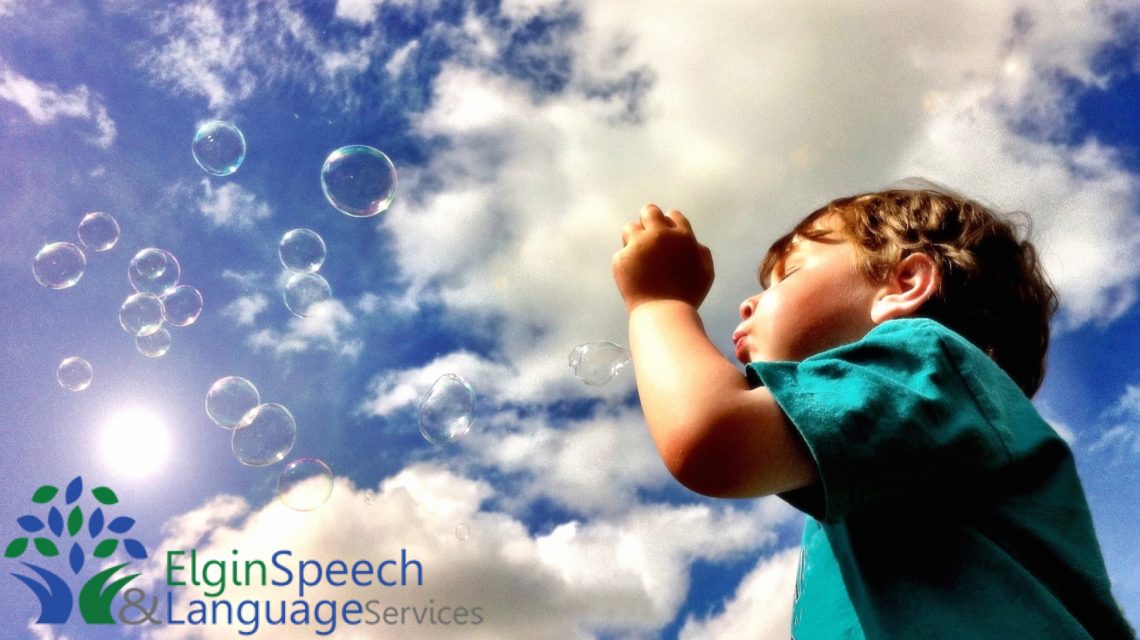This is a controversial topic among Speech-Language Pathologists (SLPs), and it should be, because of the widespread use of non-speech activities intended to improve speech sounds.
“Non-speech” exercises are things like blowing bubbles, puffing cheeks, moving the jaw or tongue against resistance, puckering the lips back and forth, etc.
But why should we be concerned with this topic? Two reasons:
- A LOT of SLPs think that coaching mouth and tongue exercises results in improvements in speech sounds
- Parents invest a lot of love, time, and money for their children’s therapies, so they have a right to know what works and what doesn’t, or what therapy has the best chance of working
The simple truth:
There is no objective evidence confidently linking tongue and mouth exercises to speech improvement. “Objective” means examined, recorded, and analyzed carefully for a large number of children with the same problem. Most of what we have to “prove” that mouth exercises work are anecdotes (personal stories) or professional opinions, either of those alone being pretty low quality “proof” that anything works. We have some proof that pressing your lips together makes you better at pressing your lips together, but none that shows that pressing your lips together repeatedly helps you make a better “b” or “p” sound.
The movements involved in speaking are very quick, precise, and coordinated. Non-speech exercises, for the most part, are isolated movements of the jaw, tongue, and lips that are often exaggerated and barely resemble the delicate movements required to speak. Although the same muscles are used in speaking as are used in these exercises, speaking demands coordination of breathing, voice box vibration, and thinking all at once that these exercises lack. There is a rationale as to why certain movements are practiced, but it is difficult to argue how these movements relate to speech movement, given the complexity of speech.


As a parent, it is your right to question the methods used by your therapist. From the evidence we have, the best way to address speech issues is to engage in exercises involving SPEAKING. These exercises are highly structured, with demonstration of and feedback for how the different parts of the mouth move to make the target sound. One of the most well-studied methods for promoting the specific movements required for speech is PROMPT (Prompts for Restructuring Oral Muscular Phonetic Targets). Here is a link to relevant information for families. You will also find a lot of helpful information in this article.
Your SLP is trained in this method, and would be glad to help you and your child get on the path to clear speech. The video below is a bit long, but does a great job of describing PROMPT and how it can be beneficial to your child.

